Footnotes to PH history in Hong Kong
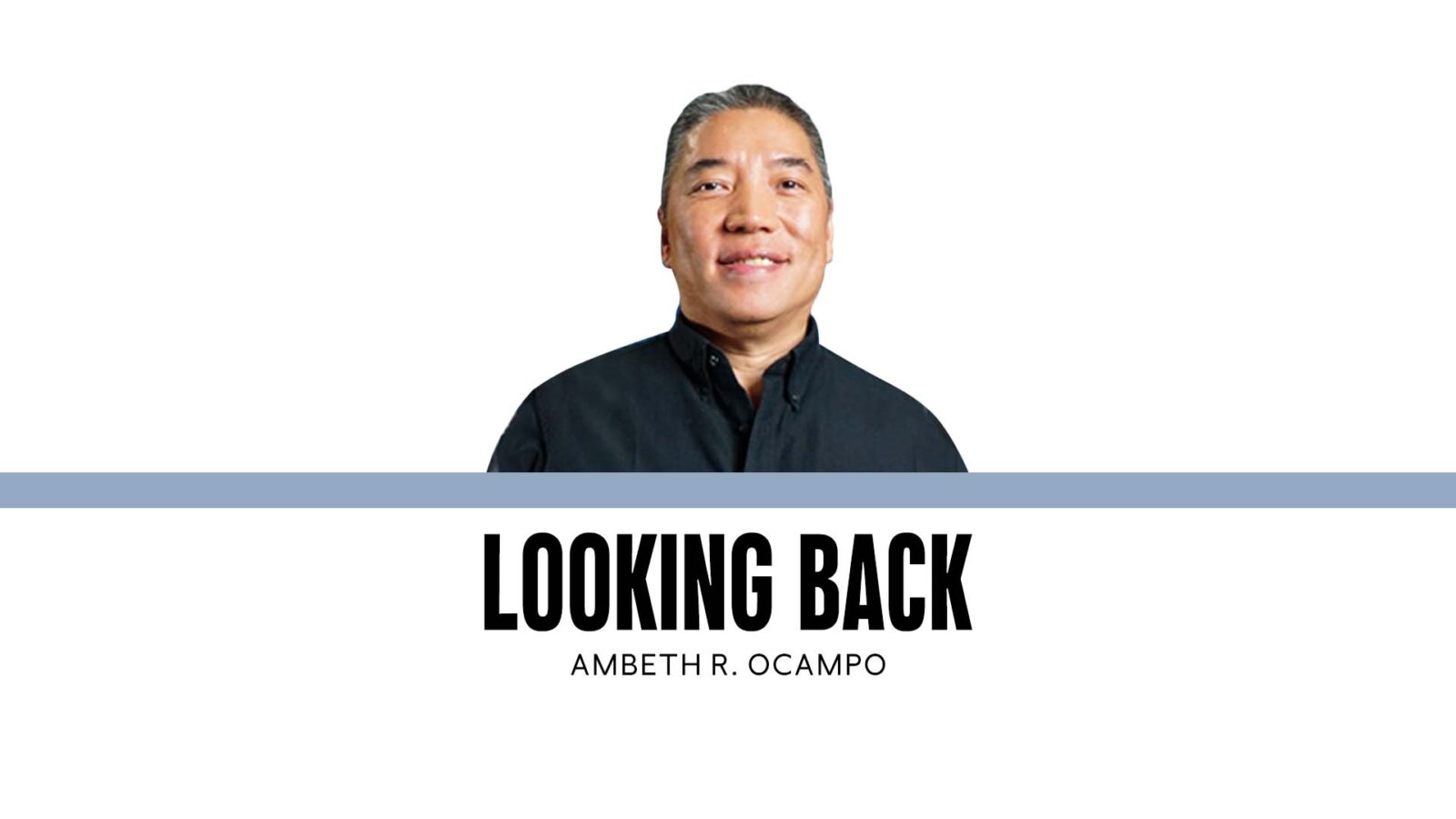
This weekend, the nation will remember Andres Bonifacio again on Nov. 30, then forget him until Nov. 30 next year. In 1995, I attended a commemoration at Liwasang Bonifacio led by then Mayor Alfredo S. Lim, who wore a Katipunero-style straw hat, a standard issue for all city officials that morning. We were all seated when Nick Joaquin walked in. He was in a dour mood because it was too early for his trademark San Miguel beer. He growled, “Where are the masses?” Bonifacio, after all, is the iconic hero for the working class. Everyone in attendance that morning was in formal Filipiniana fit for a wedding. This made Nick howl louder, “Where are the masses?” The “masses” Nick asked for were represented by cause-oriented groups who had their own commemoration in the afternoon on the steps of the Manila Post Office.
Filipinos have split-level ideas of our heroes. We know them but rarely reflect on their true relevance. Some figures we learn about in Araling Panlipunan or Philippine History class, others through monuments, streets, stamps, banknotes, and coins. Jose Rizal and Bonifacio come to mind because they provide us with annual holidays on Dec. 30 and Nov. 30, respectively. We have a long history sprinkled with both heroes and villains; how come we don’t know more of them as we should? Part of the problem is the overemphasis on Rizal, who was chosen by acclamation and history rather than legal edict. Former President Fidel Ramos wanted to make heroes official, and a panel of historians was formed to provide advice. I recall the fascinating discussions on the nature of heroism and its relationship to history. We looked into lists of heroes and asked why there were not as many heroines. We sorted them into heroes of national and local importance. A shortlist of national heroes was drawn up, and from these, Rizal emerged as the prime national hero. Ramos realized that declaring national heroes by law would invite more controversy, so he let the proverbial sleeping dogs lie. Frankly, I will not trust our legislators to define heroism and name heroes and heroines. Heroes and history are too important to be left to legislators.
Philippine Consul General Romulo Victor M. Israel Jr. and his cultural affairs staff organized a lecture for me this week that I thought would be a breeze because Rizal first visited the “Fragrant Harbor” in 1888 and was licensed to practice medicine here from 1891 until he returned to the Philippines in 1892. While preparing my slides using scans of Rizal’s 1888 travel diary preserved at the Lopez Museum, I was surprised that all printed sources known to me were inaccurate. These stated that Rizal arrived in Hong Kong on Feb. 8, 1888, at 3:15 p.m., a Wednesday. He checked in at the Victoria Hotel, and his room was on the “primer piso.” The actual diary clearly states that he “stayed in the Victoria School and had dinner at the Victoria Hotel, which cost him $1.” Where did the Victoria Hotel, first floor, come from? Now I have to recheck available transcriptions with the original manuscripts.
Whenever I am in Hong Kong, I always visit the sites related to Rizal in Central Hong Kong. Two of the three sites have historical markers: Rednaxela Terrace, where he lived, accessed via the mid-levels escalator (Rednaxela, by the way, is Alexander spelled backwards); the other site is on D’Aguilar Street, where his eye clinic used to be. It is now occupied by Century Square. The marker on this small shopping mall sometimes disappears during renovations, and when reinstalled, it was once near the fire alarm and is presently atop a ventilation shaft. Rizal also had a clinic on Duddell Street that awaits a marker. If I am not mistaken, the site of the clinic is now occupied by the Club Lusitano Building; it is on the same street as Wolfgang’s Steak House, leading to granite steps with lampposts run by gas, as it has always been since the late 19th century.
On this trip, I also visited the playground on Morrison Hill Road in Causeway Bay, where the first Philippine flag was sewn by Marcela Agoncillo, assisted by her daughter Lorenza and Rizal’s niece, Delfina Herbosa de Natividad. While sitting on the kiddie slide, I wondered why nobody has yet figured out where Emilio Aguinaldo stayed in December 1897. He deposited the funds of the revolution in the Hong Kong Shanghai Banking Corp. and Standard Chartered, but was sued by Isabelo Artacho, who wanted to split the loot. A famous photograph shows Aguinaldo and the leaders of the revolution who accompanied him into exile, including generals Gregorio del Pilar, Mariano Llanera, Manuel Tinio, Tomas Mascardo, Vito Belarmino, and Vicente Lukban. Where did all these guys stay?
It’s not just Rizal and Aguinaldo who were in Hong Kong. Juan Luna died of a stroke here in December 1899. Rizal’s common-law wife, Josephine Bracken, died here of miliary tuberculosis in 1902. Mariano Ponce died here in May 1918. Former President Manuel L. Quezon married Aurora Aragon here in December 1918. So many footnotes to Philippine history in Hong Kong for me to dig up on my next visit.
—————-
Comments are welcome at ambeth.ocampo@inquirer.net
Ambeth is a Public Historian whose research covers 19th century Philippines: its art, culture, and the people who figure in the birth of the nation. Professor and former Chair, Department of History, Ateneo de Manila University, he writes a widely-read editorial page column for the Philippine Daily Inquirer, and has published over 30 books—the most recent being: Martial Law: Looking Back 15 (Anvil, 2021) and Yaman: History and Heritage in Philippine Money (Bangko Sentral ng Pilipinas, 2021).



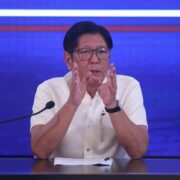
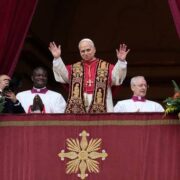
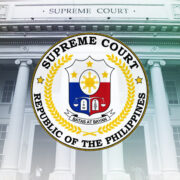
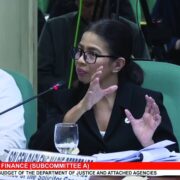

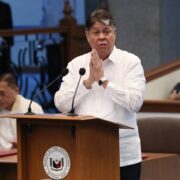

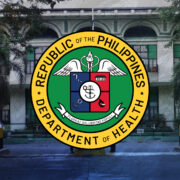

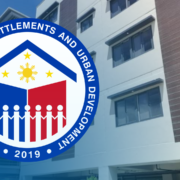


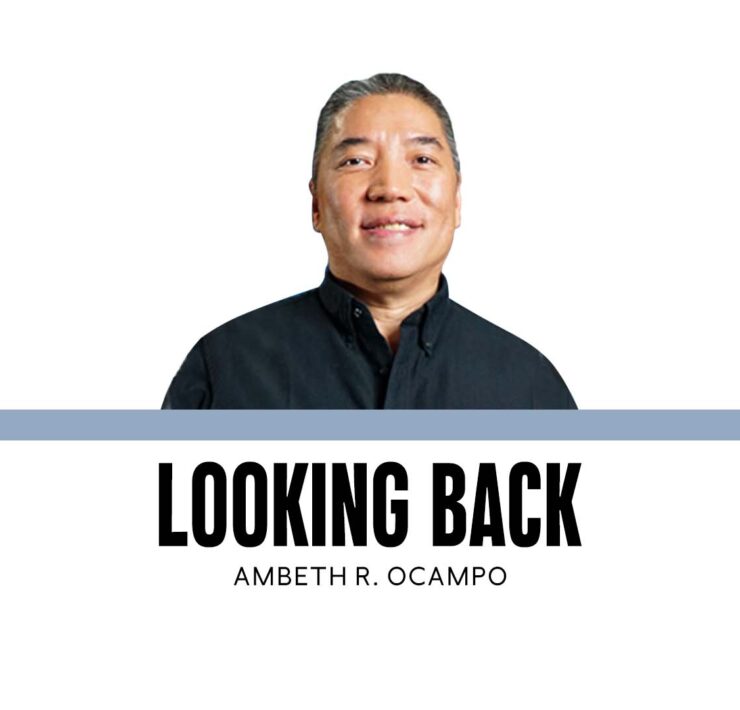


COP30: Ambition that fails the Global South–again